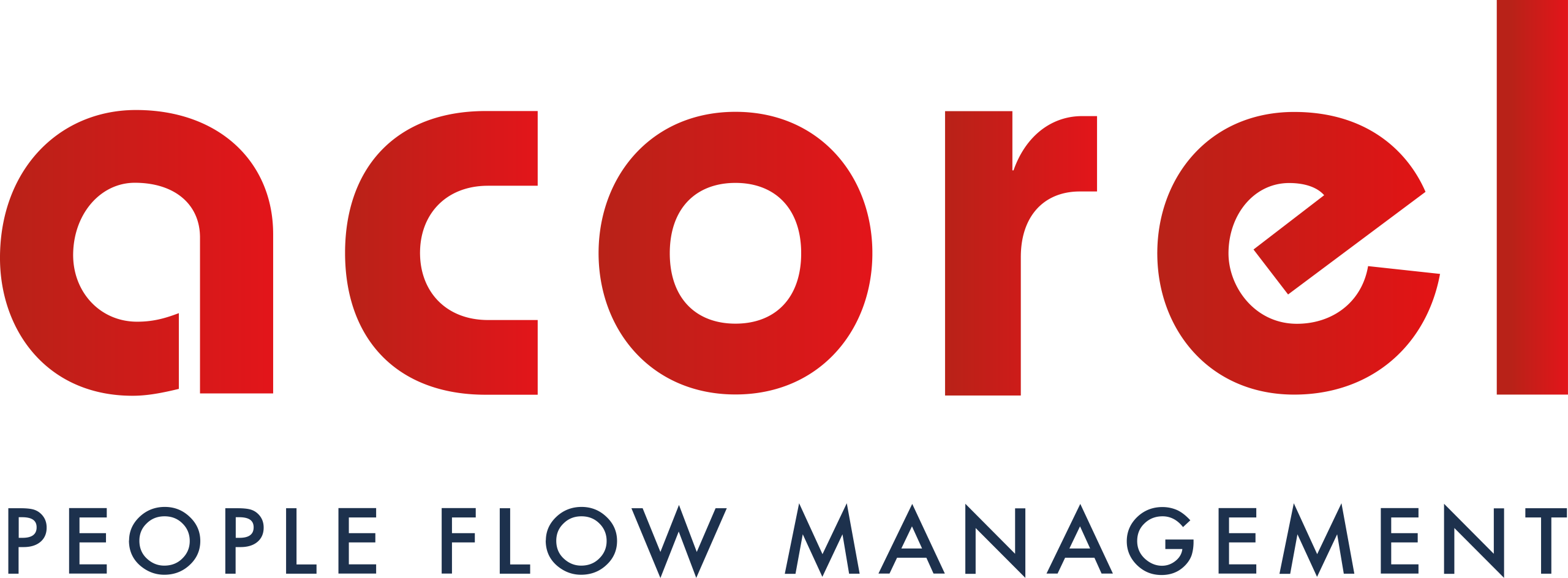To effectively meet the needs of users, transport authorities and companies must continually improve the accessibility and quality of their services. One of the most promising approaches to achieve this goal is the utilization of counting data.
Utilization of counting data in transport
Counting data: definition and collection methods
Counting data refers to all the information collected about the number of users utilizing public transportation at different times and locations. This data can be collected through various solutions:
👨💻 Automatic counting sensors
Installed in buses, trains, and metro stations, these sensors can count the number of passengers boarding and alighting vehicles to understand the traffic flow.
📲 Online ticketing
Smart ticketing systems record each transaction, providing accurate data on passenger journeys.
📱 Mobile RFID applications
The use of applications and transport cards enables the tracking of users’ travel habits, providing valuable data on routes and peak times.
Technologies and data analysis tools
The analysis of counting data relies on several sophisticated technologies and tools, including:
📊 Big data
Processing large amounts of data in real-time helps identify trends and habits, aiding in making informed decisions to optimize transport services.

🤖Artificial intelligence
Automated algorithms can predict passenger flows and suggest adjustments to optimize transport services based on anticipated needs.
🌐 IoT
Connected sensors and IoT devices collect precise real-time data on transport usage, providing a solid basis for analysis and optimization.
Optimizing public transport accessibility
🗺️Improving Route Planning
By analyzing counting data, transport authorities can better understand user needs and adjust routes accordingly. For instance, if data shows high demand on certain lines at specific times, authorities can increase service frequency during these periods to reduce waiting times.
⏳ Reducing waiting times
The use of real-time data allows for the reduction of user waiting times by optimally adjusting vehicle schedules and routes. This not only improves public transport efficiency but also enhances user satisfaction.
👨🏻🦽Accessibility for people with reduced mobility
Counting data can identify areas with high demand for services adapted for people with reduced mobility. Operators can then deploy accessible vehicles or improve existing infrastructure in these areas to ensure maximum accessibility for all users.
⚙️Capacity management
By monitoring passenger flows, transport authorities can better manage vehicle capacity and avoid overcrowding. For example, during peak periods, additional buses or trains can be deployed to meet demand and ensure user comfort.
🔒User safety and comfort
By identifying congestion points through counting data, operators can take measures to improve user safety and comfort, such as increasing service frequency or reorganizing passenger flows in stations to avoid dangerous or uncomfortable situations.
For more informations, click here
